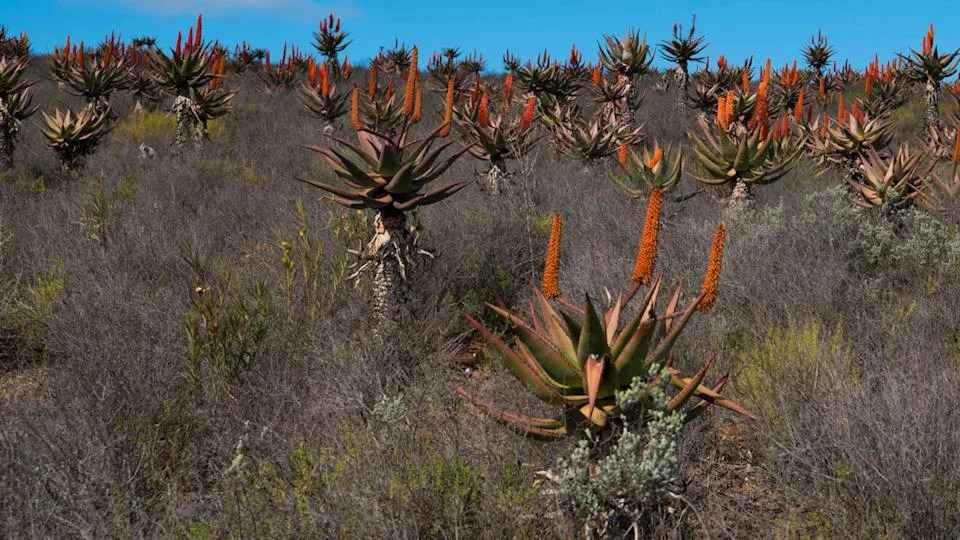
The Hidden Crisis: South Africa’s Succulent Plants Under Siege
A disturbing trend on social media is pushing a rare group of plants towards extinction in South Africa. The Succulent Karoo biome, a magnificent and diverse ecosystem, is at the heart of this crisis, making it crucial to understand the implications of poaching for ecological balance.
Once a flourishing habitat with approximately 6,400 native plant species, the Succulent Karoo is now under threat as its unique succulents have transformed into coveted items due to the influence of "plantfluencers" on platforms like TikTok. These tiny, beautiful plants have sparked a demand that encourages illegal hunting, as individuals travel long distances to dig them up and take them home.
As Christine Wiese from Kokerboom Nursery notes, "In 2014-2015, we experienced a big increase in demand from East Asia," marking the beginning of this disturbing trend. The last decade has seen a chaotic fluctuation in demand for these succulents, leading to nearly 1.16 million plants being seized by May 2024. Unfortunately, this exploitation has far-reaching consequences; at least eight plant species are now deemed "functionally extinct" due to excessive poaching.
The gravity of these losses extends beyond just the plants themselves. Every single species contributes to the web of life in its ecosystem. Losing one can destabilize the entire system, resulting in more extinctions and diminishing resources for all inhabitants, including humans. A lack of biodiversity can lead to food and water insecurity, climate instability, and an increased likelihood of disease outbreaks.
Moreover, the international smuggling of these succulents introduces invasive species into new environments. While many succulents may be cultivated as houseplants, planting them outdoors can disrupt local ecosystems, pushing out native plants, introducing diseases, and depleting vital resources.
As for the future of the Succulent Karoo biome, solutions are not straightforward. Replanting seized succulents is a complex issue fraught with challenges, and although authorities are making significant efforts to curb poaching, their resources are often overstretched. Experts suggest that perhaps the best approach to saving these plants is to promote awareness about the dangers of following trends that capitalize on rare species.
Instead of coveting exotic plants, individuals should support native species that bolster local ecosystems and their pollinators. Choosing to nurture plants that belong to your area not only strengthens the local ecosystem but also preserves the delicate balance that sustains it.
In conclusion, as social media continues to shape cultural trends, it is vital for us to consider the ecological consequences of our choices. How can we as a community work together to protect our natural heritage while appreciating the beauty of unique plants? Share your thoughts below and let’s keep the conversation going on how to be better stewards of the environment.